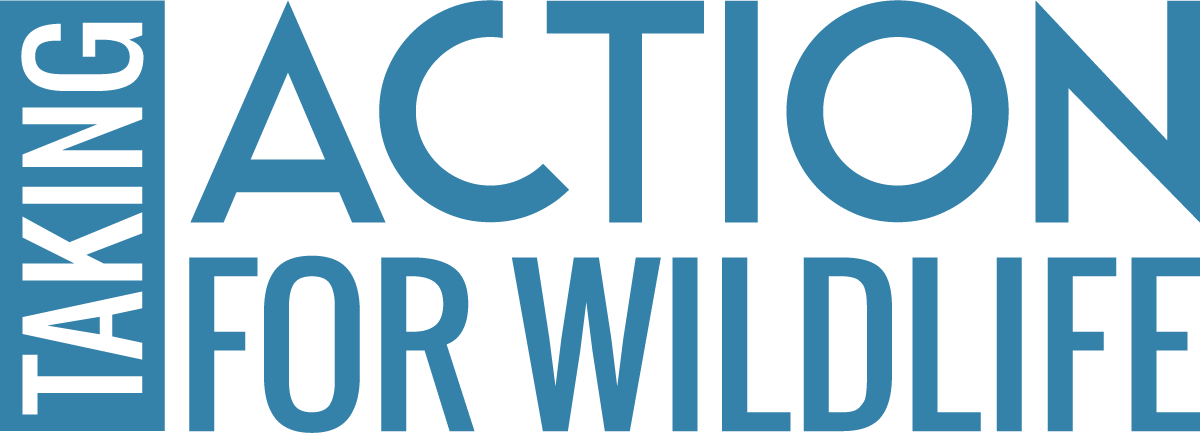
Vegetated buffers next to rivers and wetlands provide important habitat for wildlife, along with many other benefits, such as protecting water quality, absorbing flood waters, filtering stormwater runoff, providing shade, and reducing erosion. Protecting buffers is important for both terrestrial and aquatic wildlife, especially coldwater-associated fish like brook trout, amphibians such as wood frogs, and many reptiles. Some birds and mammals also use buffer habitat for foraging, denning/nesting, hiding, and traveling.
Already have an intact vegetated buffer on your property? Great! Try to keep it intact as much as possible, keep an eye out for invasive species, and minimize impacts such as any harvesting or trails in that area. If you want to protect the buffers in perpetuity, explore your options for permanent protection.
See an opportunity to restore an unvegetated or degraded buffer on your property? Buffer restoration can involve just allowing revegetation to occur, or it can involve active planting of native plant species. Looking out for invasive species is especially important in areas that are already impacted or degraded. Also, it’s important to be familiar with your state and local regulations when undertaking planting or other management activities.


